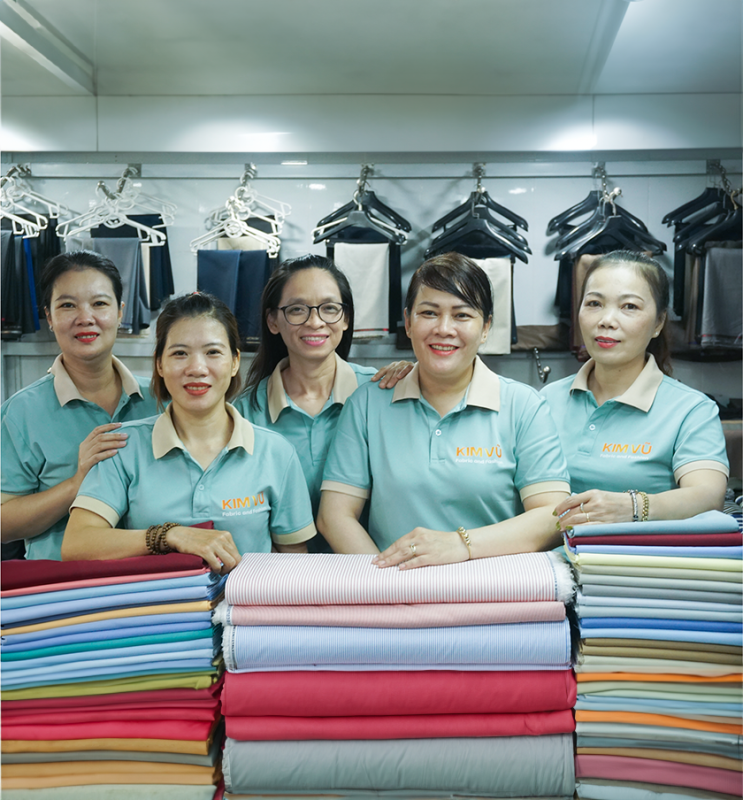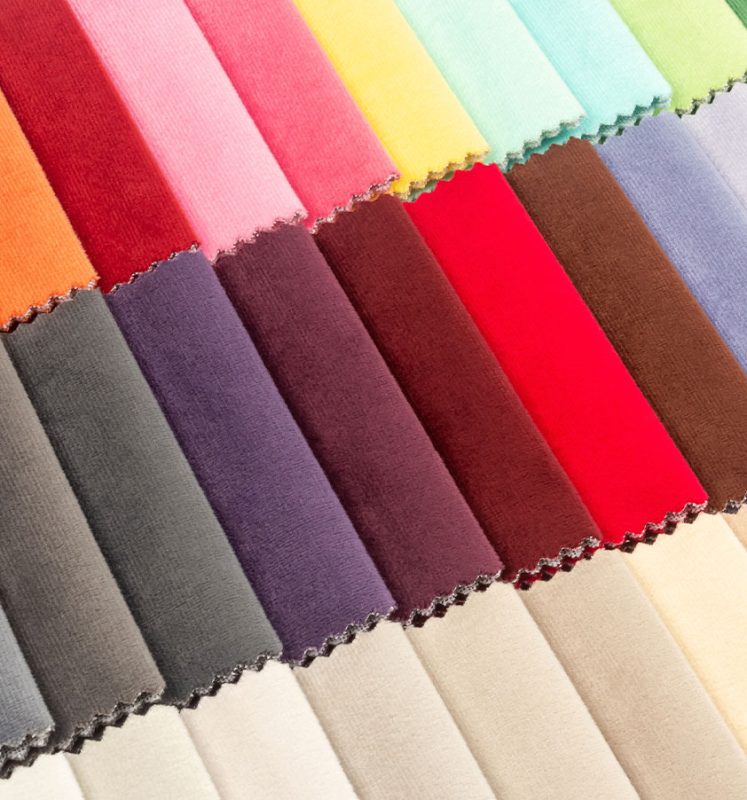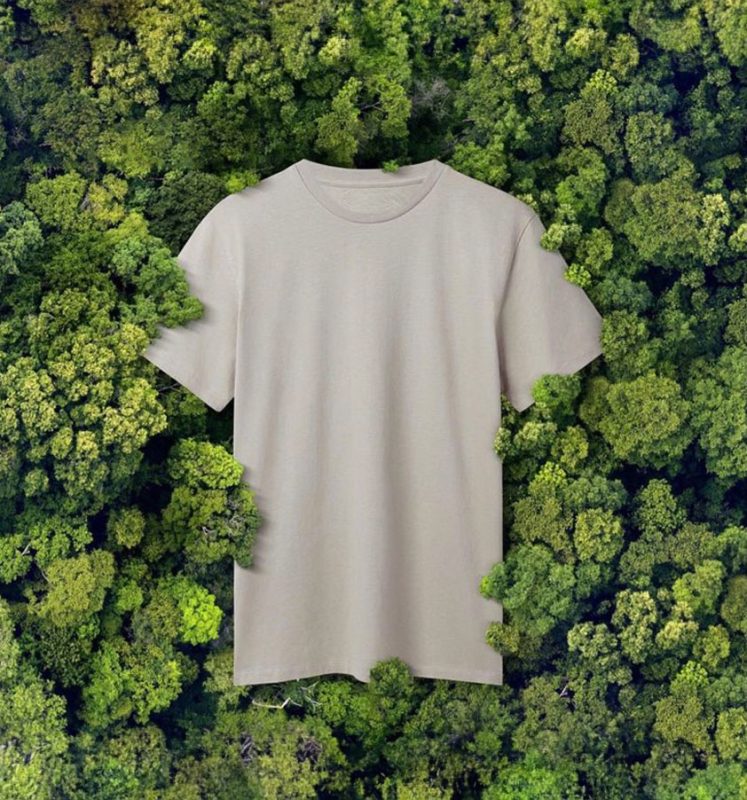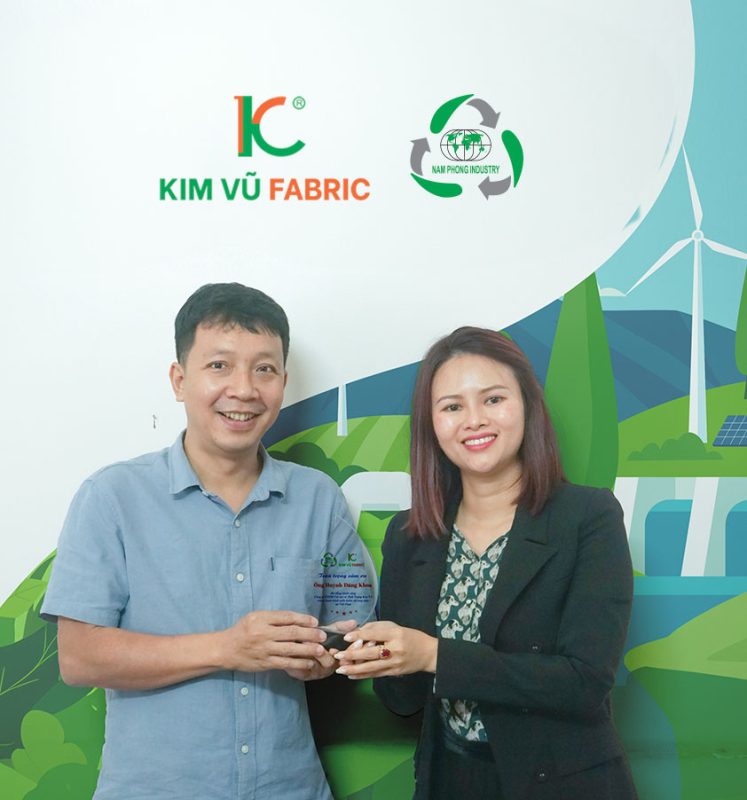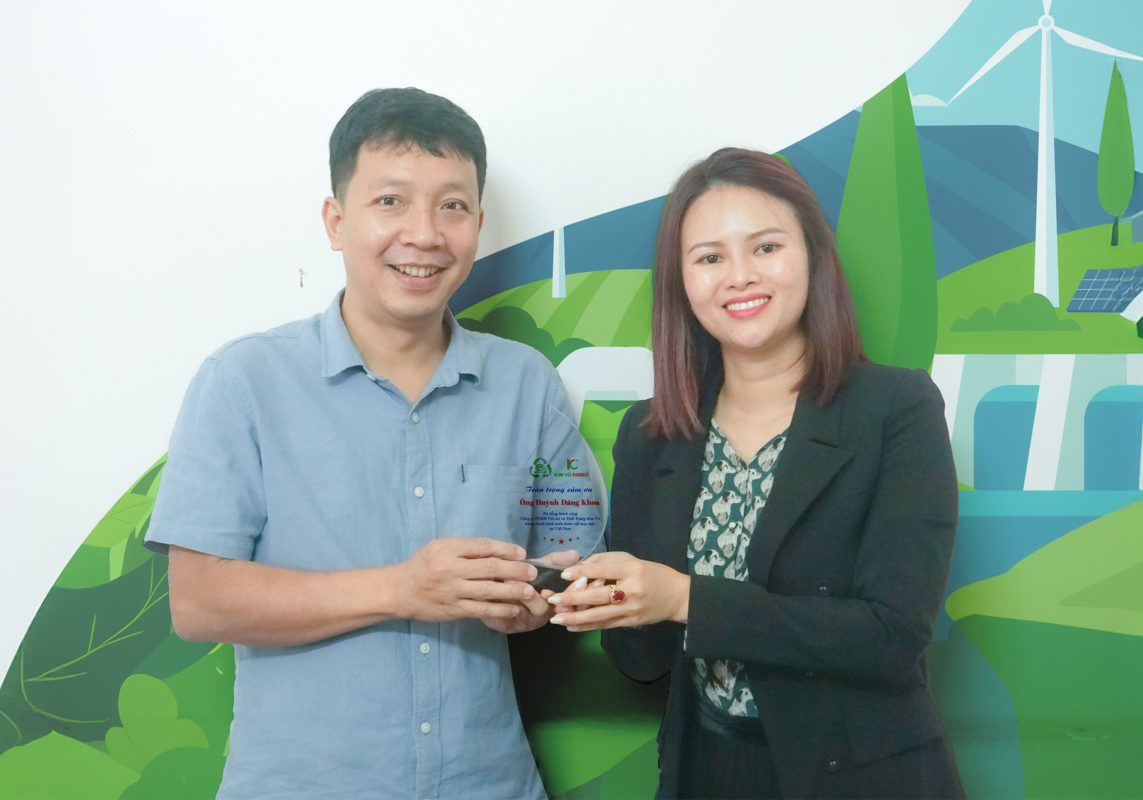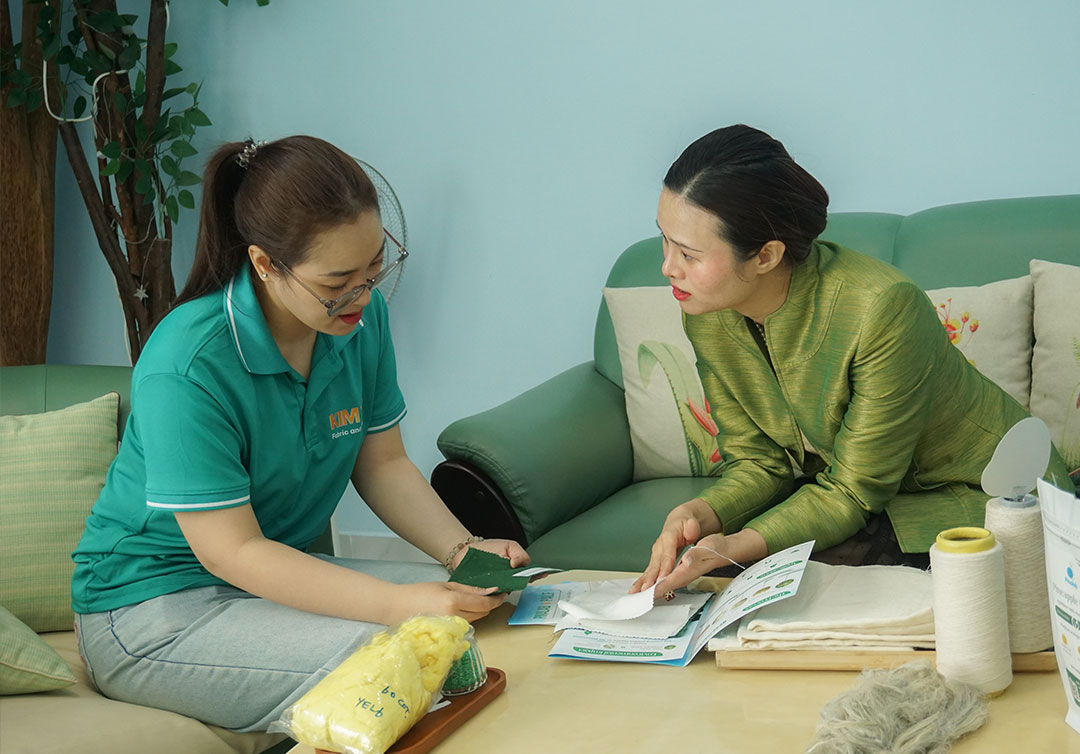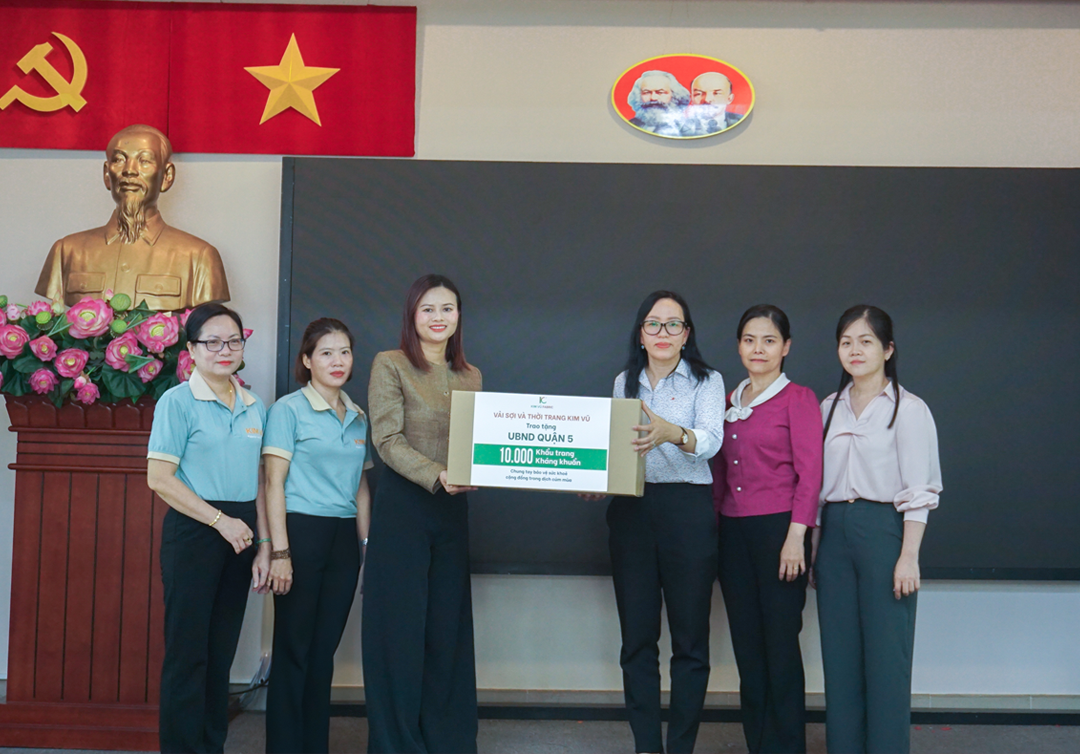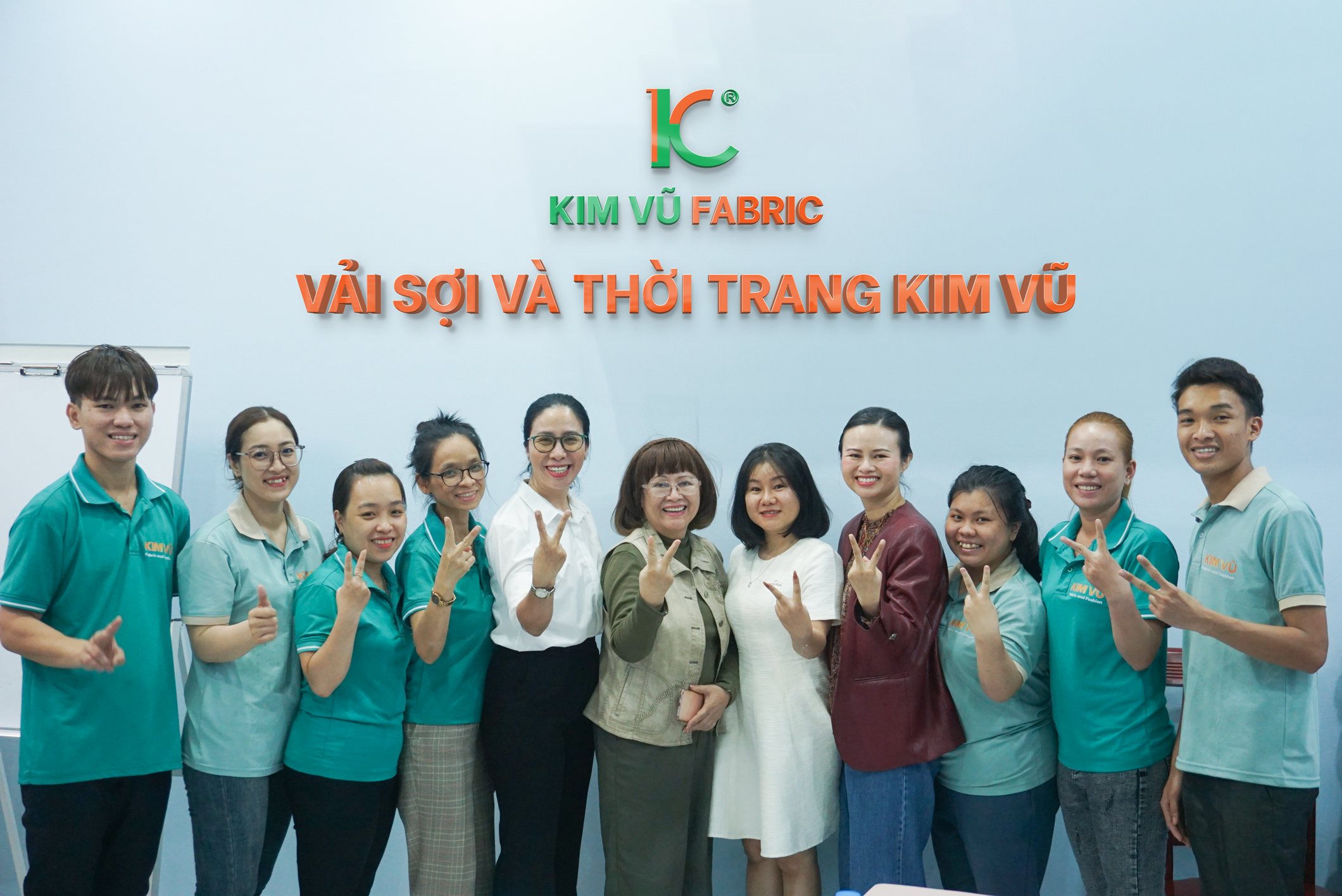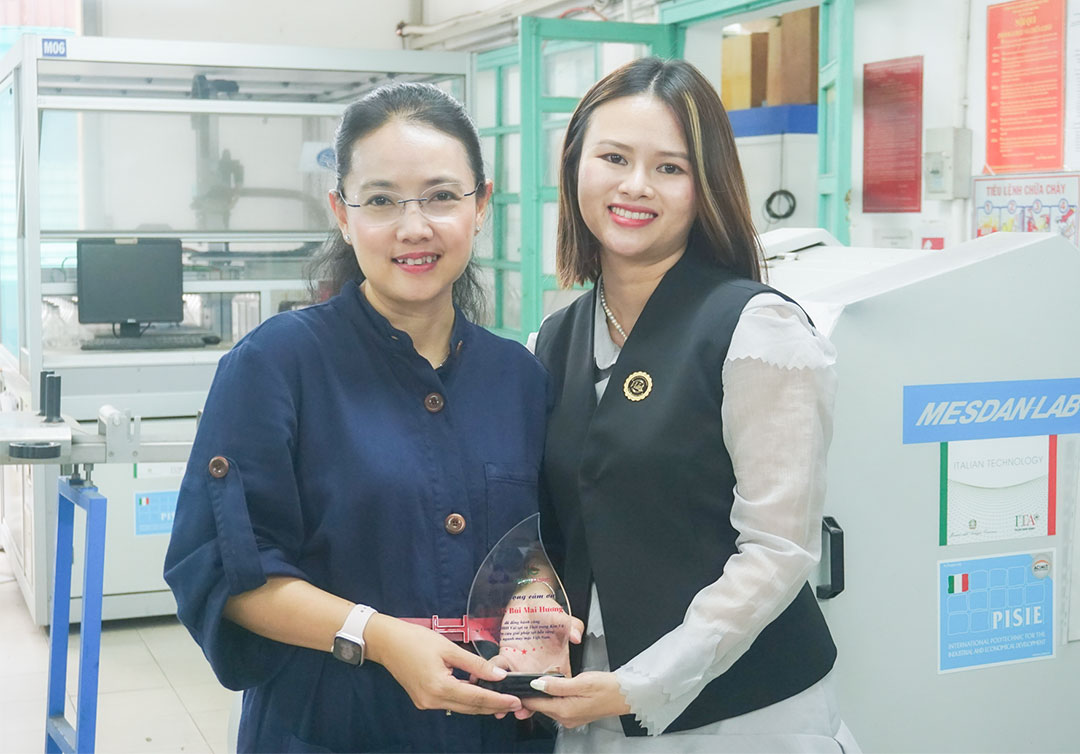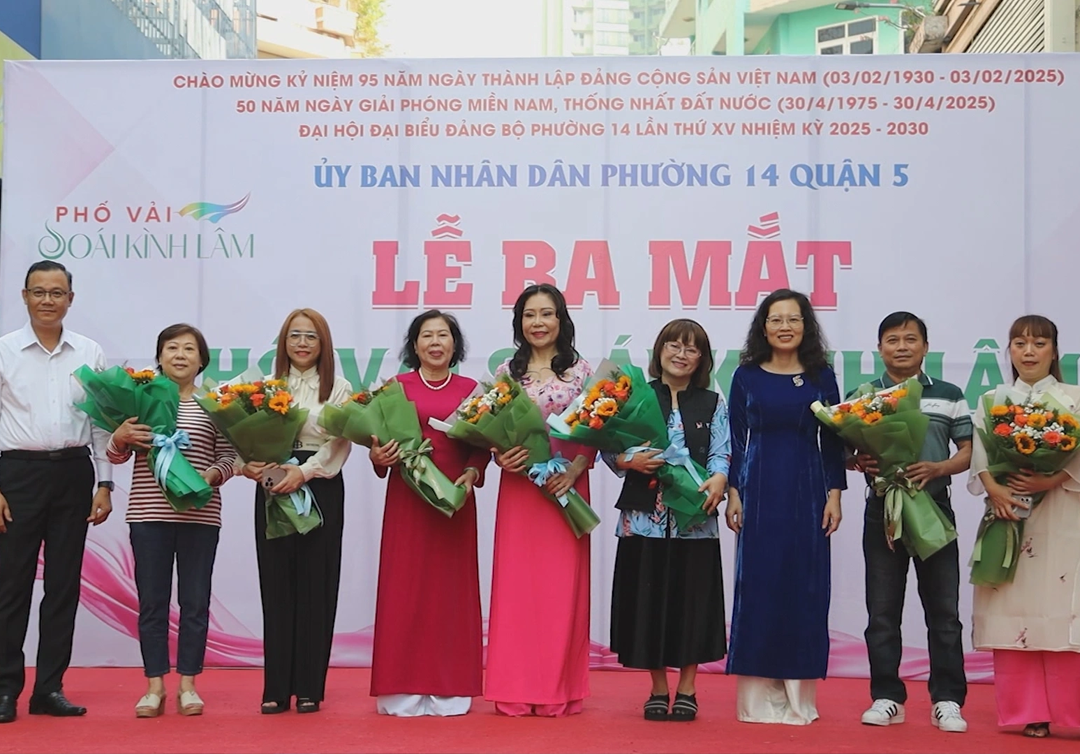Kim Vu Fabric officially launches the old clothing regeneration project: A journey to create circular fashion.
The rapid rise of fast fashion has led to alarming environmental consequences. This trend encourages consumers to shop frequently, driving mass production and rapid disposal of clothing. Tons of discarded apparel end up in landfills or pollute ecosystems, contaminating soil, water, and air. The striking image of the “world’s clothing dump” in Accra, Ghana, receiving 15 million discarded garments weekly, serves as a wake-up call to the destructive impact of fast fashion

In response to these challenges, circular fashion emerges as not just a trend but a sustainable necessity for the future. Embracing this vision, Kim Vu Fabric, a traditional fabric trading brand, proudly pioneers Vietnam’s first initiative to regenerate old clothes.
This strategic step underscores Kim Vu Fabric’s commitment to transitioning from a linear to a circular fashion model. The project aims to unlock new value from old garments, contributing to a more sustainable fashion industry.

Partnering with Nam Phong: A Green Future
To bring this vision to business, Kim Vu Fabric has partnered with Nam Phong Industrial Co., Ltd., a company with over 16 years of experience in collecting, pre-processing, and recycling secondary materials and industrial waste, including fashion industry.

Before the official launch, Kim Vu Fabric’s team met with Mr. Huynh Dang Khoa, the Director of Nam Phong, to finalize the collaboration process and shared goals. This meeting marked the start of a meaningful partnership between the two businesses.

The synergy between Nam Phong’s technological expertise and Kim Vu Fabric’s visionary approach promises to leave a significant mark, accelerating the development of sustainable fashion in Vietnam.
When two inspiring stories meet
Witnessing the enormous waste in the textile industry (7-15%), with tons of fabric discarded every day, Mr. Huynh Đang Khoa has nurtured the desire to find a solution to “rescue” them. Unlike other factories, Nam Phong owns modern technology capable of processing most types of fabrics on the market, from cotton and polyester to knitted, woven, and non-woven fabrics. Every year, Nam Phong processes more than 50,000 tons of secondary materials, waste, clothes, fabrics, etc.

Sharing the same aspiration to create a sustainable fashion industry, Ms. Trần Hoàng Kim Ngân, Deputy Director of Kim Vu Fabric, deeply understands the challenges and responsibilities fashion has towards the environment. Under her leadership, Kim Vu Fabric– a prestigious brand in textiles and fashion with over three decades of experience – officially embarked on a meaningful journey with the project of reclaiming and recycling old clothes.

Initially, Kim Vu Fabric connected with many partner businesses to recover and regenerate old uniforms, breathing new life into them. The vision of this project does not stop there; Kim Vu Fabric aims to spread this mission across the entire community, creating a meaningful campaign with a wide-reaching influence, contributing to changing the awareness and fashion consumption habits of the Vietnamese people.
When these two inspiring stories meet, the combination of Nam Phong’s advanced technology and Kim Vu Fabric’s dedication and sustainable partner network promises to create a powerful synergy, opening a new chapter for circular fashion in Vietnam.
Professional regeneration process
The recycling process follows a structured path:
- Collection: Kim Vu Fabric gathers old clothes from designated points and delivers them to Nam Phong’s facility.
- Sorting: Items are categorized by material, color, and condition.
- Processing: Fabrics are cleaned, and unnecessary details like buttons and zippers are removed.
- Recycling: Depending on the material, Nam Phong employs various methods, such as shredding into fibers, compressing into sheets, or melting into plastic pellets.
Diverse applications of recycled products

From discarded clothes, Nam Phong and Kim Vu Fabric create innovative, practical products, such as:
- Non-woven fabrics for masks, diapers, and medical supplies.
- Recycled fibers for new garments, furniture, and insulation materials.
- Other items like bags, fashion accessories, and household products.
This garments recycling project goes beyond just protecting the environment—it carries deep human values. It raises awareness about preserving nature, sparks creativity, and inspires a spirit of sharing within the community. Moreover, it supports the circular fashion, paving the way for sustainable growth in Vietnam’s fashion industry.
